Art
Edgar Degas infatuation with Dancer’s Curves
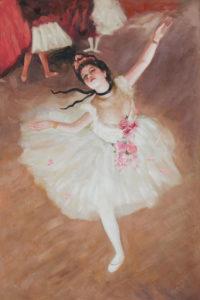 A painter is very sensitive to what happens around him. He is an observer of life and tries to immortalize specific moments by applying parts of reality on canvas. In order to do that he has to look at it very carefully. Therefore, a painter is often interested in other forms of arts: in literature, music, and in this case the ballet, as the movement of the body creates a new reality in the viewer’s eyes. It creates an esthetic beauty from whom you can’t take your eyes off.
A painter is very sensitive to what happens around him. He is an observer of life and tries to immortalize specific moments by applying parts of reality on canvas. In order to do that he has to look at it very carefully. Therefore, a painter is often interested in other forms of arts: in literature, music, and in this case the ballet, as the movement of the body creates a new reality in the viewer’s eyes. It creates an esthetic beauty from whom you can’t take your eyes off.
How to communicate to the world how you feel when watching a dancer? Could you understand it better if you try to curve your own body in the rhythm of the music? The painter observes the dancer as if hypnotized by the wavy movement of the dancer.
Some may like the art itself and try to understand it. Others have their attention drawn by the movements and sensitivity that the dancer’s body gets by trying to convey a fact of life. Like painting, in order to dance you do not need words. Thus, the painter lays down on canvas an art through another art form. Dance is a story in itself, a story of the body. Therefore dancing has been a very attractive theme for painters such as Edgar Degas.
 The ballet subject captured his attention from the 1870s. At first, it was a necessity for Edgar Degas to paint ballerinas, because they were easier to sell, and he was bankrupt. In his first paintings, he included ballet rehearsal themes, such as Ballet Rehearsal on Stage. In this picture Degas tried to show the atmosphere, by the contrasts between the glare of the limelight and the rich shadows in the back, dark stage. Degas points this out by augmenting that “the attraction lies not in showing the source of the light but in showing its effects.” Some say that the non-colorful chiaroscuro of this work is an allusion to the new visual technique of photography.
The ballet subject captured his attention from the 1870s. At first, it was a necessity for Edgar Degas to paint ballerinas, because they were easier to sell, and he was bankrupt. In his first paintings, he included ballet rehearsal themes, such as Ballet Rehearsal on Stage. In this picture Degas tried to show the atmosphere, by the contrasts between the glare of the limelight and the rich shadows in the back, dark stage. Degas points this out by augmenting that “the attraction lies not in showing the source of the light but in showing its effects.” Some say that the non-colorful chiaroscuro of this work is an allusion to the new visual technique of photography.
From then on Degas tried to discover the unusual perspective effects in various paintings by studying the movement of ballerinas. At the same time, the pictures became more colorful. He tried to capture those elements that send the viewer to another world that he cannot perceive.
He showed the ballerina’s world, both by feelings of dancers spread on canvas, and by presenting the viewer to a world that he cannot see except on stage, the world behind the scenes. In fact, it is Degas ballerinas who determined his popular image to this day. He was particularly interested in the hard work dancing requires. His pictures tell a tale of tough examinations, hard practice and beauty of the live performance. The paintings contain dynamic movements and sheer paralysis, motion and rigidity.
However, his most famous ballerina is The Star, made between 1876 and 1877. The dancer is seen in a solo turn on an empty stage. The asymmetry of the painting reinforces the impression of a glimpse of the fleeting moment, which is Degas’s mark.
For the artist ballet represented “everything that remains of the harmonic, unified movement of the Greeks.” Dancing is a reality outside and inside the performer. It presents another part of human both as a dancer and as a viewer. Each had their own feelings, just as Degas writes in his poem:
Everything that the fine word mime implies,
Everything that is said of the ballet,
The body’s silent eloquence – all they say
Of physical mystery in their witty lies,Those who would pin down Woman as she flies,
Forever on the wing, severely gay,
A butterfly soul, immortal for a day,
Alive unlike a book where pleasure dies –All that, and the grace of an Atalanta,
The artful artless graces, you have, dancer.
The grace of traditions, the being and seeming,The secret of the forest: at a very dawn,
At every step I take, you are in my dreaming –
But you, you pause only to tease an elderly faun.”
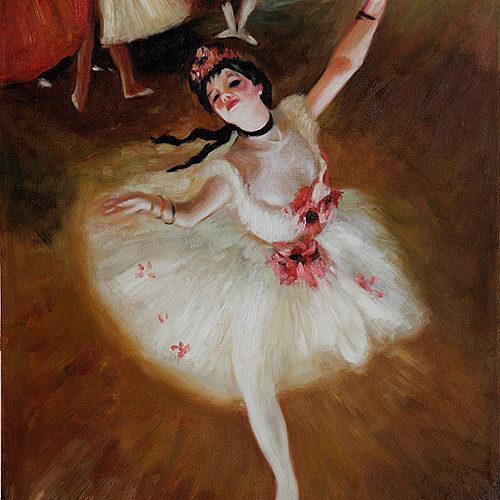
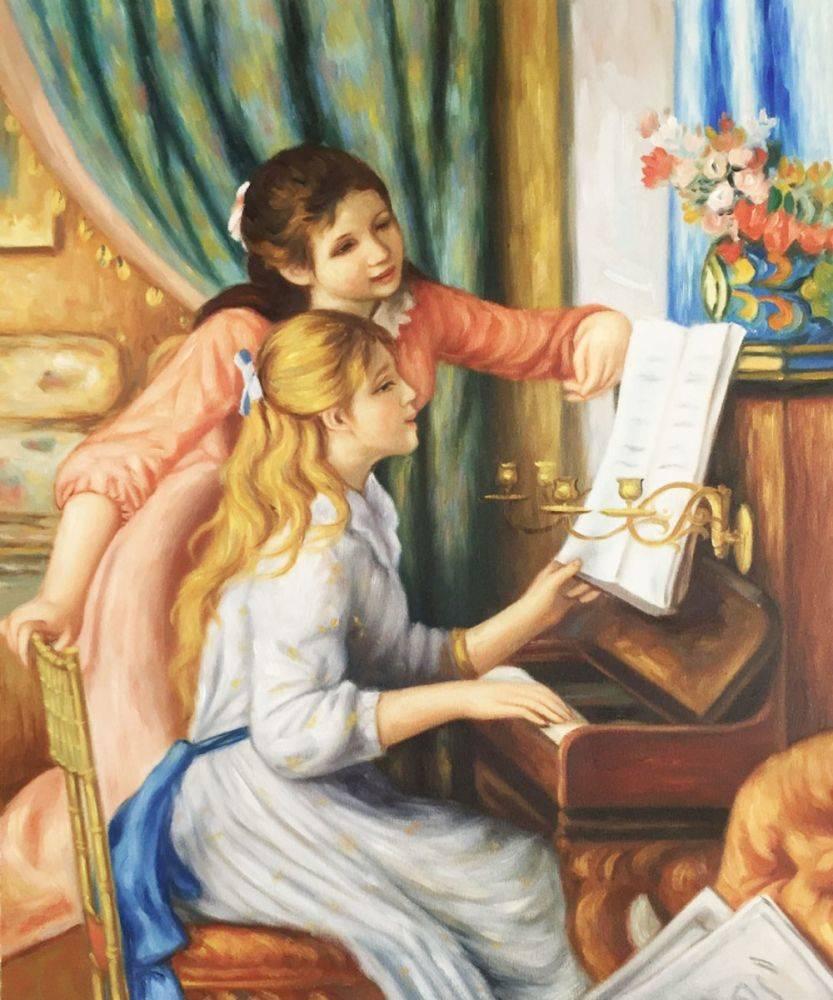


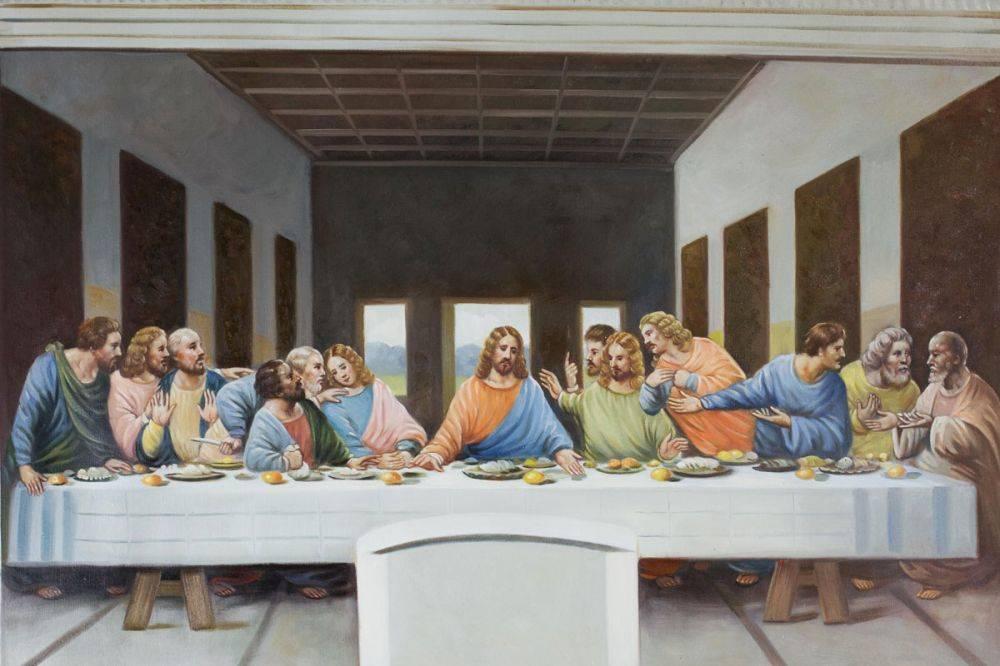
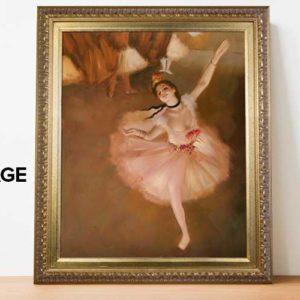
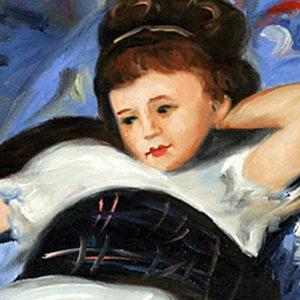
![Take a Tour of Paris Through the Eyes of its Greatest Artists [Infographic]](https://cdn.overstockart.com/blog/wp-content/uploads/2016/06/Paris-in-Paintings-300x300.jpg)
